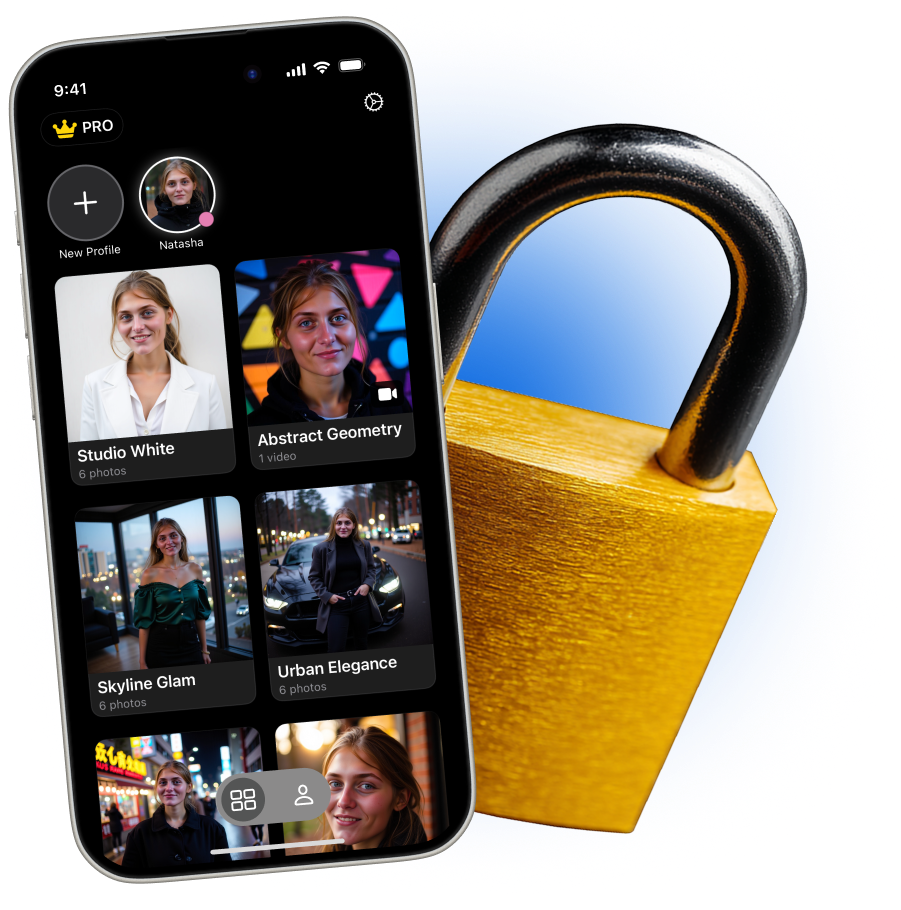
There’s a new language of storytelling unfolding online. It’s visual, brief, and powered by algorithms that understand movement, style, and expression. Scroll through Instagram, TikTok, or YouTube Shorts, and you’ll notice something—still images don’t hold attention the way they used to. In a feed full of motion, the static gets skipped. That shift has led creators, marketers, and everyday users to ask: how can I bring still photos to life without filming anything?
AI now offers an answer that doesn’t require editing experience, expensive software, or even a camera. With just one photo, you can generate a short, dynamic video that captures attention in the first second—and holds it.
Why Static Isn’t Enough Anymore
Social platforms have changed. Posts are fleeting, attention spans are shorter, and the algorithms reward motion. Static content, no matter how polished, often gets buried unless it’s paired with animation, audio, or some kind of visual hook.
But not everyone has the time, gear, or skill to produce video. Especially if you’re just trying to update a profile, test a product idea, or share something personal without turning it into a full project. That’s where AI tools start to make sense—not just as a shortcut, but as a new creative layer.
The Rise of AI-Generated Motion
Motion used to mean filming. Then it meant animating. Now it can mean uploading a photo.
AI models can detect facial contours, estimate expression flow, and simulate natural movement—like blinking, subtle head turns, or dynamic lighting—without needing multiple images or any manual editing. And it doesn’t stop at realism. These tools also make stylistic choices: adding cinematic pan effects, color transitions, or light flickers that give photos more character.
And the result? Videos that feel personal and polished, even though they were created in seconds.
Who’s Using These Tools—and Why
- Content creators: For profile intros, reels, and short hooks that blend photography with movement.
- Brands: For product teasers or promo graphics that don’t require full production budgets.
- Freelancers and creatives: For portfolio elements or client demos that feel interactive.
- Everyday users: For social updates that feel fresh without needing to show up on camera.
The appeal isn’t just about ease—it’s also about control. You can get the vibe you want from a single portrait or asset, without having to stage anything new.
Turning Photos Into Scroll-Stopping Videos
There’s a growing number of platforms that do this, but not all are built for speed, ease, or quality. Some focus heavily on filters. Others lean into cartoonish effects. But for creators who want short clips that actually look like real video, the goal is realism with just enough visual interest.
That’s exactly what you can achieve when you Create video from photos using AI. With tools like these, users can upload a portrait and get a dynamic video clip in seconds—one that looks smooth, has emotion, and feels natural on screen.
It’s become especially popular for:
- LinkedIn profile animations
- TikTok intros
- Instagram bio loops
- Reels with subtle facial movement or lighting effects
- Short-form storytelling clips where time is tight
Why Simplicity Beats Over-Editing
If you’ve ever opened a video editor to do something small, you know the feeling: too many sliders, timelines, and tools for one minor effect. That’s where AI comes in—not to replace editors, but to skip unnecessary steps when all you want is a 3- to 5-second animated clip.
AI is redefining what it means to “edit.” You don’t need to trim frames or keyframe expressions. You just need to pick a photo and let the tool generate a video that works.
For social media especially, this is a game changer. You don’t need to think like a filmmaker—you just need something that moves.
The Future of Personal Visuals
Video is now part of our personal identity online. Whether you’re applying for a job, growing a following, or just updating a profile, static headshots and cover photos are starting to feel dated. Movement signals presence. It creates a sense of connection.
And because AI doesn’t require a production crew or even a second image, it puts that kind of visual impact in everyone’s hands.
Short-form video isn’t just about dancing or lip-syncing anymore. It’s about subtle movement, expression, and visual rhythm—all things a single photo can now achieve with the right tool.
Final Thought:
The shift from static to motion isn’t about trends—it’s about attention. And attention today requires movement. With AI making that movement easier and more natural, the question isn’t whether to animate photos—it’s why you haven’t already.
Let me know if you’d like this in a downloadable format (like PDF or DOCX), or want a shorter version for social media.







Comments (0)